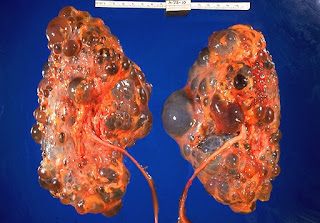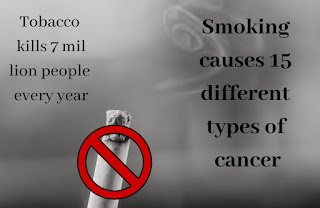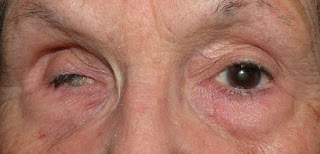Polycystic Kidney Disease (PKD): Causes, Symptoms, Diagnosis and Teatment

Polycystic kidney disease (PKD) is a genetic disorder. Multiple clear or brown fluid-filled cysts are formed in the kidney in PKD. The growth of these cysts leads to loss of normal kidney structure and functions and eventually causes kidney failure. Many other complications like hypertension and cysts formation in the liver may develop. Symptoms of Polycystic Kidney disease The majority of patients of polycystic kidney disease remains asymptomatic earlier for many years. Usually, symptoms appear after 40 years of age. Symptoms of PKD are involved - Bilateral renal mass in the abdomen Hematuria (blood in urine) due to cyst rupture Back or flank pain Urinary tract infections Pyelonephritis Renal stones Hypertension Rarely proteinuria Causes of Polycystic Kidney Disease PKD is mostly caused by abnormalities in genes and rarely by acquired defects. There are three types of PKD - (1) Autosomal dominant polycystic kidney disease (ADPKD) ADPKD is caused by mut...

